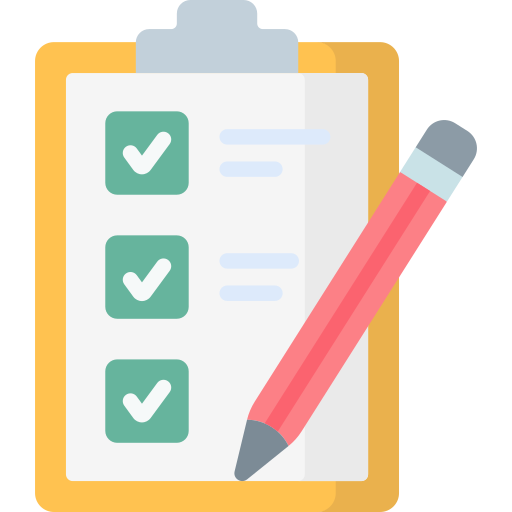Stroke is considered a disease that has no cure
This impression is completely wrong. Stroke is a blockage in the arteries of the brain, due to which the blood supply to the brain is affected. Diabetes, blood pressure, obesity, smoking, tobacco, alcohol consumption, heart valve disease are the risks of such a disease. The rate of stroke patients in Pakistan has exceeded 40%.
Approximately 1 million people suffer from some kind of disability due to stroke. According to an estimate, more than 350,000 people suffer from stroke attacks every year in Pakistan. Of these, more than 70% of people suffer from some kind of permanent disability due to stroke, 10 to 20% of people also die due to stroke attacks.
If you are over 50 and 60 years old and your blood pressure is also high and your sugar levels are also high.
If blood pressure and sugar are not controlled through medication and dietary precautions, you can suffer from a stroke at any time due to sudden high blood pressure and sugar levels. Stroke can occur at any time in obese people who are fond of fatty foods. People who sit most of the time and do not do any kind of exercise are at high risk of having a stroke.
Immediately after a stroke, you should go to a hospital or a qualified doctor. The stroke patient can be saved by taking him to the hospital immediately and providing him with first aid. In case of a stroke, the patient should be made to lie down upright. The supply of fresh air should be made constant. There are two types of strokes. One is the rupture of the blood vessels of the brain, and the other is the obstruction of the blood vessels of the brain.
Heart defects, heart valve defects, and fatty deposits in the arteries of the neck are very important causes of stroke.
Symptoms of stroke;
Sudden crookedness of the face or inability to use one side of the hand or foot, or loss of voice. To diagnose this disease, an MRI or CT scan of the brain is required to determine which part of the brain has been affected by the stroke.
As mentioned in the previous lines, the rate of stroke patients in Pakistan has exceeded 40%. In the coming years, stroke will become the fourth largest disease in Pakistan. At least 22% of people suffering from stroke in Pakistan die or become disabled. Pregnant women are more likely to have a stroke. This is called CVST and the disease is diagnosed through MRV.
The causes of stroke in children are brain infection, heart valve problems, and blood disorders. One in every four people in the world may have a stroke at some point in their lives and it is possible to prevent it.
How can you be protected from stroke?
Keep your blood pressure under control and take your blood pressure medication regularly.
Keep your sugar under control and take your medication regularly.
Walk for at least 15 to 20 minutes every day.
Avoiding smoking;
Avoid depression and stress because one in every six strokes is caused by mental stress. Control anger and reduce cholesterol. Eat a balanced diet, i.e. consume as many fruits and vegetables as possible. Keep your weight under control, one in every five strokes is due to obesity.
If someone has a stroke, then the role of physiotherapy along with medication is very important. Apart from this, if any of the symptoms of stroke are found in any patient, then immediately contact a neurologist and avoid complications that are not caused by stroke. Complications like chest infection, urinary tract infection, numbness in the hands and feet, depression, body pain, etc. are common after a stroke.
Remember that by adopting a healthy lifestyle, you can avoid stroke and its complications. Stroke is a disease that not only paralyzes a part of the body, but can also lead to death. A stroke occurs when an artery supplying blood to the brain is blocked (ischemic stroke) or bursts (brain hemorrhage). And yes, if you think that it only affects people in old age, that is not the case at all. In fact, stroke can target people of any age, which is due to today’s lifestyle, which increases the risk of this deadly disease by increasing blood pressure. Symptoms of stroke include severe headache, dizziness, changes in vision or blurring, difficulty speaking, numbness in the body, etc. However, sudden dizziness or neck pain while walking can also be a sign of stroke, and in the event of any of these symptoms, it is important to consult a medical professional, even if it later turns out to be a common illness. However, by making some changes to your lifestyle, you can significantly reduce the risk of stroke, which are as follows:
Eating tomatoes;
The antioxidant lycopene gives tomatoes their red color, and according to a recent medical study, people with high levels of lycopene in their blood have a 55% lower risk of any type of stroke and a 59% lower risk of ischemic stroke.
The highest amount of this antioxidant is found in tomatoes, while watermelon and guava are also considered the best sources. Exercise is also an excellent way to reduce the risk of stroke. A recent study found that moderate to vigorous exercise such as jogging or cycling reduces the risk of silent strokes, which cause memory problems. Similarly, another study found that a healthy lifestyle such as avoiding smoking, exercising daily, maintaining a normal body weight, and avoiding alcohol can reduce the risk of stroke by up to 80%.
Reduce salt intake;
The American Heart Association recommends consuming half a teaspoon of salt daily, but most people consume much more salt than that. Salt increases blood pressure, which is the most important factor increasing the risk of stroke. People who consume a lot of salt in their diet have a twofold increased risk of stroke.
Weight loss;
Obesity is proven to be the root cause of many diseases because it increases the risk of diabetes and high blood pressure, both of which are important factors causing stroke. Reducing body weight by 4 kg also reduces this risk to a considerable extent.
Controlling cholesterol;
Increased levels of LDL cholesterol, which are harmful to health, while a decrease in beneficial HDL cholesterol levels increases the possibility of material clotting in the arteries, which restricts blood flow, which leads to stroke.
Removing saturated and trans fats from the diet reduces harmful cholesterol levels while increasing beneficial cholesterol levels. In this regard, using medications prescribed by a doctor is also beneficial.
Keep an eye on your heart rate;
Irregular heartbeat increases the risk of stroke by 5 times. If you feel your heartbeat is very fast or irregular, consult a doctor and try to find out the cause.




















